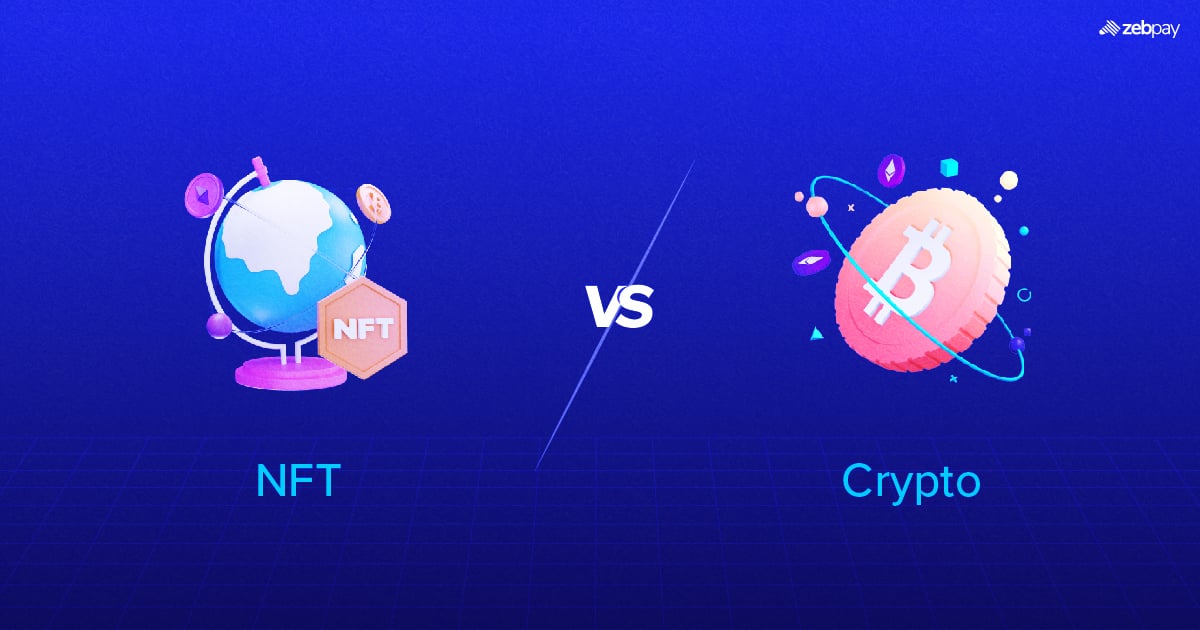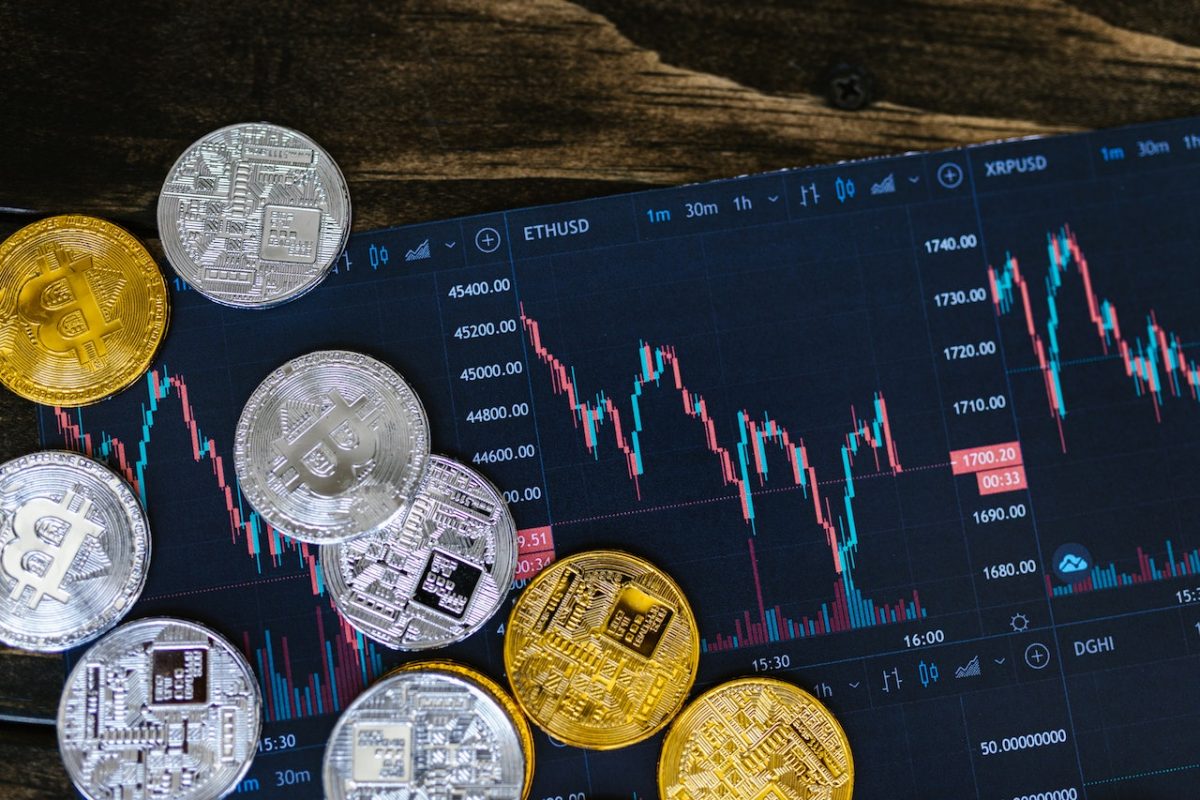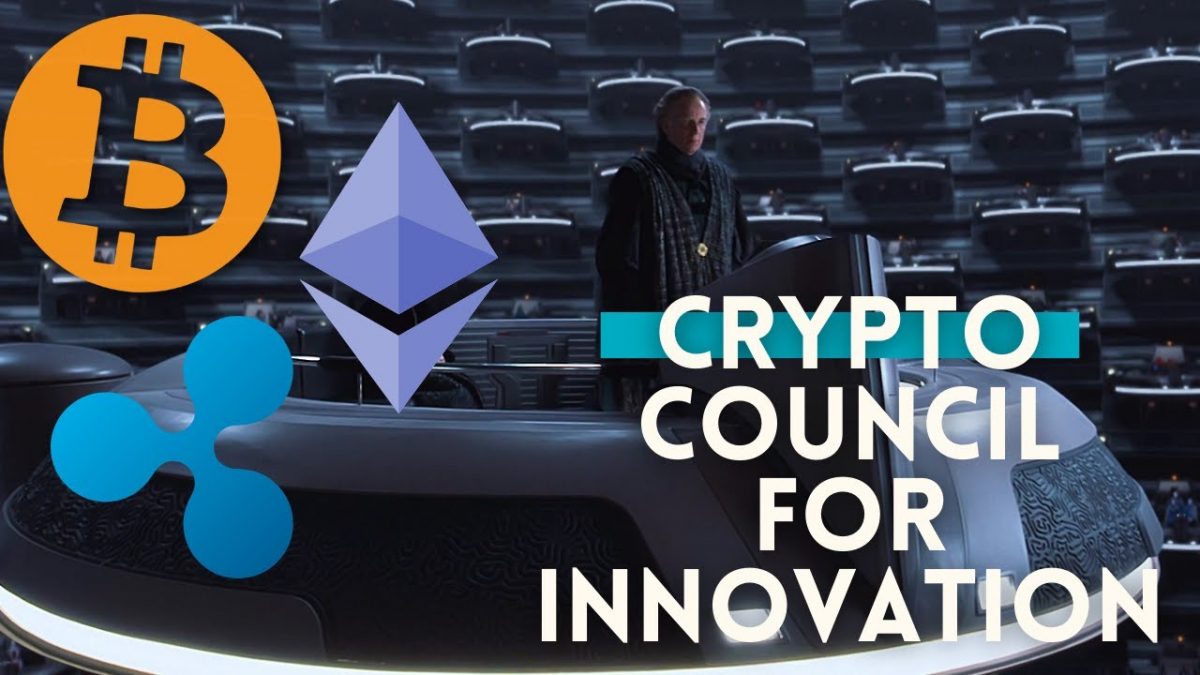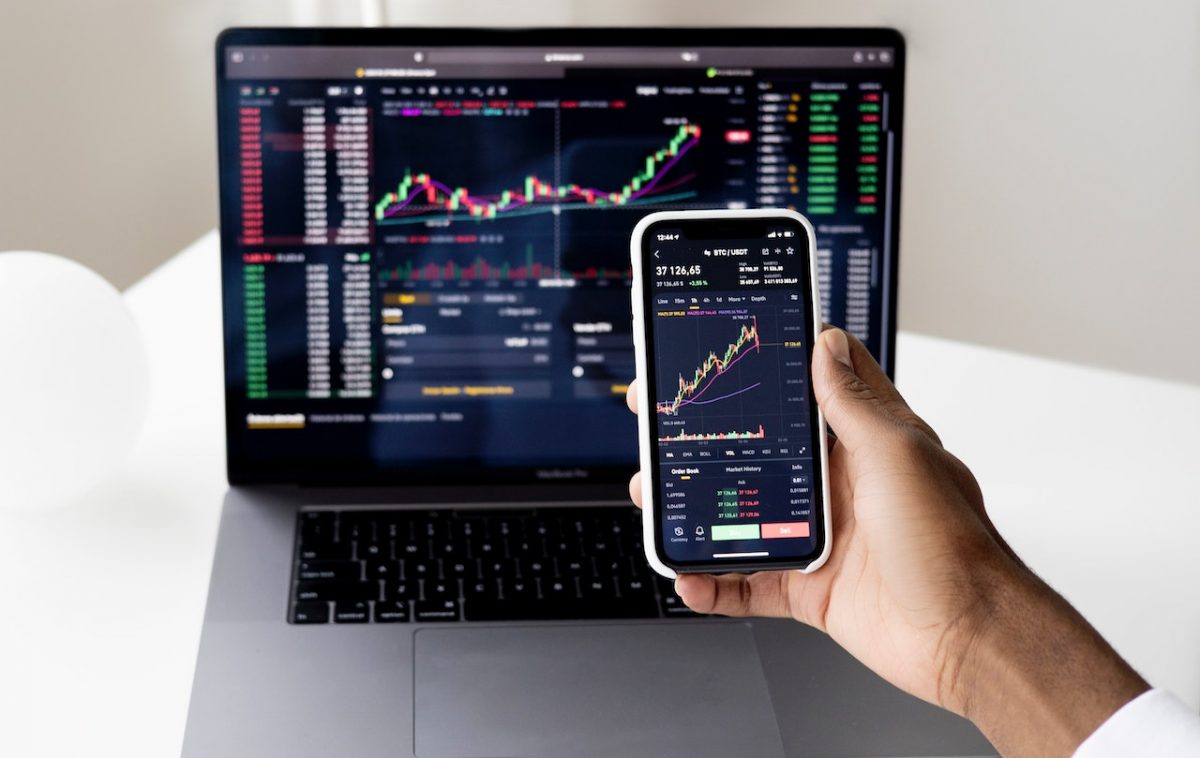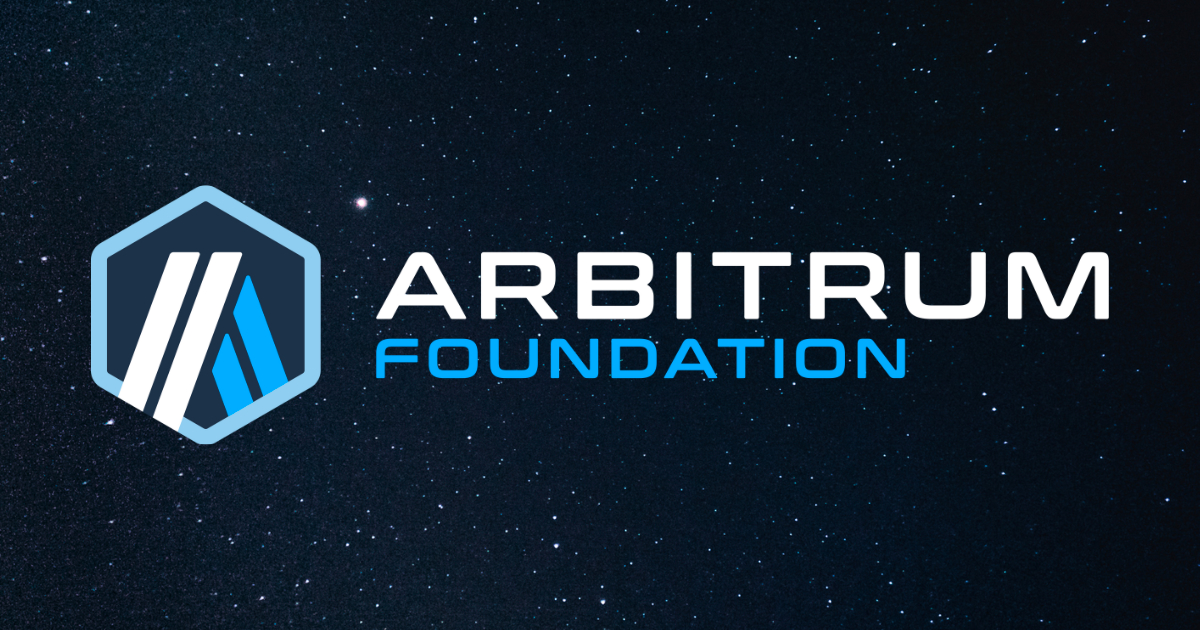Cryptocurrency exchanges, such as FTX, have become a vital part of the global digital economy, facilitating the trading and exchange of various cryptocurrencies. However, like any other financial institution, cryptocurrency exchanges are not immune to financial distress or bankruptcy. In such situations, the role of bankruptcy counsel becomes critical in navigating the complex legal and regulatory landscape of cryptocurrency exchange bankruptcy proceedings. This article delves into the importance of FTX bankruptcy counsel, providing a comprehensive outline of their role, responsibilities, challenges, and best practices.
I. FTX Bankruptcy Counsel: An Overview
FTX is a prominent cryptocurrency exchange that enables the trading of a wide range of cryptocurrencies, derivatives, and other digital assets. Despite its rapid growth and success in the cryptocurrency industry, FTX, like any other financial institution, may face financial difficulties due to various factors such as operational challenges, regulatory issues, market volatility, or unforeseen events. In such scenarios, bankruptcy may be the legal recourse for FTX to address its financial distress and seek a resolution.
Bankruptcy is a legal process that allow individuals or entities to manage their debts and financial obligations when they are unable to pay their debts in full. Bankruptcy proceedings are governed by specific laws and regulations, which may vary depending on the jurisdiction and type of bankruptcy filing. Cryptocurrency exchanges, including FTX, are subject to the same legal framework when it comes to bankruptcy, and navigating these proceedings requires specialized legal expertise, particularly in the unique and evolving landscape of cryptocurrency.
II. Role of Bankruptcy Counsel in FTX Bankruptcy Proceedings
Bankruptcy counsel plays a crucial role in guiding FTX through the complexities of bankruptcy proceedings, ensuring that FTX’s legal rights and interests are protected, and helping to achieve a successful resolution. Here are some key aspects of the role of bankruptcy counsel in FTX bankruptcy proceedings:
1. Definition and Significance of Bankruptcy Counsel
Bankruptcy counsel refers to legal professionals who specialize in bankruptcy law and provide legal advice and representation to entities going through bankruptcy proceedings, including FTX. The significance of bankruptcy counsel in FTX bankruptcy cannot be overstated, as they bring a deep understanding of bankruptcy law, experience in handling complex financial matters, and expertise in the unique challenges of cryptocurrency exchanges.
2. Duties and Responsibilities of Bankruptcy Counsel in FTX Bankruptcy Proceedings
Bankruptcy counsel for FTX has a range of duties and responsibilities to ensure that FTX’s legal interests are protected throughout the bankruptcy process. These may include:
A. Representing FTX in Bankruptcy Court: Bankruptcy counsel serves as FTX’s legal representative in bankruptcy court, advocating for FTX’s interests and presenting legal arguments on its behalf. They engage in legal proceedings, such as hearings, negotiations, and court appearances, to protect FTX’s rights and assets.
B. Advising FTX on Bankruptcy Options and Strategies: Bankruptcy counsel provides expert advice to FTX on the various bankruptcy options available, such as Chapter 7 liquidation or Chapter 11 reorganization, and helps FTX determine the most suitable strategy based on its financial situation and objectives. They assist FTX in developing a comprehensive bankruptcy plan, including restructuring or reorganization plans, negotiating with creditors, and formulating strategies to maximize the chances of a successful resolution.
C. Managing Communication and Negotiations with Creditors: Bankruptcy counsel communicates and negotiates with FTX’s creditors on its behalf. They work to protect FTX’s interests during creditor meetings, negotiate terms of repayment, and seek favourable outcomes for FTX. They also handle any legal disputes or challenges that may arise during the bankruptcy process, including contested matters or adversary proceedings.
D. Assisting with Preparation and Filing of Bankruptcy Documents: Bankruptcy counsel assists FTX in the preparation and filing of various bankruptcy documents, including bankruptcy petitions, schedules, statements, and other required filings. They ensure that all the necessary legal documents are accurately completed, filed in a timely manner, and comply with the relevant bankruptcy laws and regulations.
E. Protecting FTX’s Interests and Assets: One of the primary responsibilities of bankruptcy counsel is to protect FTX’s interests and assets throughout the bankruptcy process. This may involve analyzing FTX’s assets and liabilities, identifying and addressing any potential risks or challenges, and taking appropriate legal actions to safeguard FTX’s assets from being improperly seized or liquidated.
III. FTX Bankruptcy Process: Overview and Legal Requirements
The bankruptcy process for FTX would involve several legal requirements and procedural steps, which bankruptcy counsel would guide FTX through. Here is a high-level overview of the FTX bankruptcy process:
1. Filing for Bankruptcy: FTX would need to file for bankruptcy by submitting a bankruptcy petition to the relevant bankruptcy court. The bankruptcy counsel would ensure that the petition is accurately prepared and filed in compliance with the applicable bankruptcy laws and regulations.
2. Automatic Stay: Upon filing for bankruptcy, an automatic stay goes into effect, which provides FTX with protection from most collection activities by creditors. Bankruptcy counsel would advise FTX on the scope and limitations of the automatic stay and ensure that FTX’s rights are protected during this period.
3. Meeting of Creditors: FTX would be required to attend a meeting of creditors, also known as a 341 meeting, where FTX’s representatives would be examined under oath by the bankruptcy trustee, and creditors may have the opportunity to ask questions. Bankruptcy counsel would prepare FTX for the meeting, attend the meeting with FTX, and provide legal guidance throughout the process.
4. Bankruptcy Plan and Confirmation: If FTX is pursuing a Chapter 11 reorganization, a bankruptcy plan needs to be formulated and submitted to the court for approval. Bankruptcy counsel would assist FTX in developing a comprehensive plan, negotiating with creditors, and obtaining court approval for the plan.
5. Distribution of Assets: In case of liquidation under Chapter 7 or as part of a confirmed plan under Chapter 11, FTX’s assets may need to be sold or liquidated to repay creditors. Bankruptcy counsel would ensure that the assets are properly appraised, sold, and distributed in accordance with the bankruptcy plan and the applicable laws and regulations.
6. Discharge or Dismissal: Once all the requirements of the bankruptcy process are completed, FTX may receive a discharge of its debts if it’s a Chapter 7 case, or the bankruptcy case may be dismissed or closed. Bankruptcy counsel would ensure that all necessary documents are filed and all legal requirements are met for the discharge or dismissal of the bankruptcy case.
WATCH THE VIDEO BELOW FOR MORE CLARIFICATIONS.
IV. Challenges and Considerations for FTX Bankruptcy Counsel
Navigating cryptocurrency exchange bankruptcy can be complex and challenging, requiring specialized legal expertise. Bankruptcy counsel for FTX would need to be aware of the unique considerations and potential challenges involved in cryptocurrency exchange bankruptcy proceedings. Some of the key challenges and considerations may include the following:
1. Complexities of Cryptocurrency Assets and Transactions: Cryptocurrency assets, such as Bitcoin, Ethereum, or other digital currencies, have unique characteristics and complexities that may pose challenges in bankruptcy proceedings. These may include issues related to valuation, ownership, transferability, and regulatory compliance. Bankruptcy counsel would need to have a deep understanding of cryptocurrency assets and transactions and navigate the legal complexities associated with them.
2. Regulatory and Compliance Issues: Cryptocurrency exchanges are subject to a complex web of regulations and compliance requirements, which may pose challenges in bankruptcy proceedings. Bankruptcy counsel would need to ensure that FTX’s bankruptcy proceedings comply with all applicable laws and regulations, including those related to cryptocurrency exchanges, securities, anti-money laundering (AML), and know-your-customer (KYC) requirements. Failure to comply with these regulations could result in legal and financial consequences for FTX and its stakeholders.
3. International Jurisdiction and Cross-Border Issues: Cryptocurrency exchanges like FTX may have users and assets in multiple jurisdictions, which can create complexities in bankruptcy proceedings. International jurisdictional issues, cross-border asset recovery, and enforcement of bankruptcy orders may pose challenges that require specialized legal expertise. Bankruptcy counsel would need to navigate these complexities and coordinate with legal professionals in different jurisdictions to protect FTX’s interests.
4. Volatility and Uncertainty of Cryptocurrency Markets: Cryptocurrency markets are highly volatile and unpredictable, with prices and valuations subject to rapid changes. This can impact the value of FTX’s assets and liabilities and may require ongoing assessments and valuations throughout the bankruptcy process. Bankruptcy counsel would need to monitor and address the potential impact of cryptocurrency market volatility on FTX’s bankruptcy proceedings and take appropriate legal actions to protect FTX’s interests.
5. Treatment of Customer Funds and Assets: Cryptocurrency exchanges like FTX hold customer funds and assets, which may pose unique challenges in bankruptcy proceedings. The treatment of customer funds and assets, including issues related to segregation, ownership, and recovery, may require specialized legal strategies. Bankruptcy counsel would need to develop and implement legal strategies to protect the interests of FTX’s customers while complying with the applicable bankruptcy laws and regulations.
6. Reputation and Public Relations Management: Bankruptcy proceedings can have a significant impact on the reputation and public perception of a company like FTX, which operates in the high-profile and rapidly-evolving cryptocurrency industry. Bankruptcy counsel would need to develop strategies to manage FTX’s reputation and public relations, including communication with stakeholders, media, and the public. This may involve crafting clear and accurate messages, addressing potential misconceptions or misinformation, and protecting FTX’s brand image throughout the bankruptcy process.
7. Coordination with Other Professionals and Stakeholders: Cryptocurrency exchange bankruptcy proceedings may require coordination with various professionals, stakeholders, and regulatory authorities. This may include working with accountants, financial advisors, forensic experts, regulatory agencies, and other legal professionals. Bankruptcy counsel would need to effectively coordinate and communicate with these parties to ensure a smooth and efficient bankruptcy process for FTX.
Summary
Bankruptcy proceedings can be complex and challenging, especially in the context of cryptocurrency exchanges like FTX. Engaging experienced and specialized bankruptcy counsel can be crucial for FTX to navigate the legal requirements, protect its interests and assets, and ensure a successful bankruptcy process.
FTX’s bankruptcy counsel would play a critical role in assisting FTX in preparing and filing bankruptcy documents, protecting FTX’s interests and assets, guiding FTX through the bankruptcy process, and addressing unique challenges and considerations related to cryptocurrency assets, regulatory compliance, international jurisdiction, market volatility, customer funds, reputation management, and coordination with other professionals and stakeholders.
As the cryptocurrency industry continue to evolve, it is essential for cryptocurrency exchanges like FTX to be prepared for potential financial challenges and consider the importance of engaging qualified bankruptcy counsel to ensure proper legal representation and protection of their interests in case of bankruptcy. By understanding the legal requirements, challenges, and considerations associated with cryptocurrency exchange bankruptcy, FTX can take proactive steps to mitigate risks, protect its stakeholders, and navigate the bankruptcy process effectively.

































